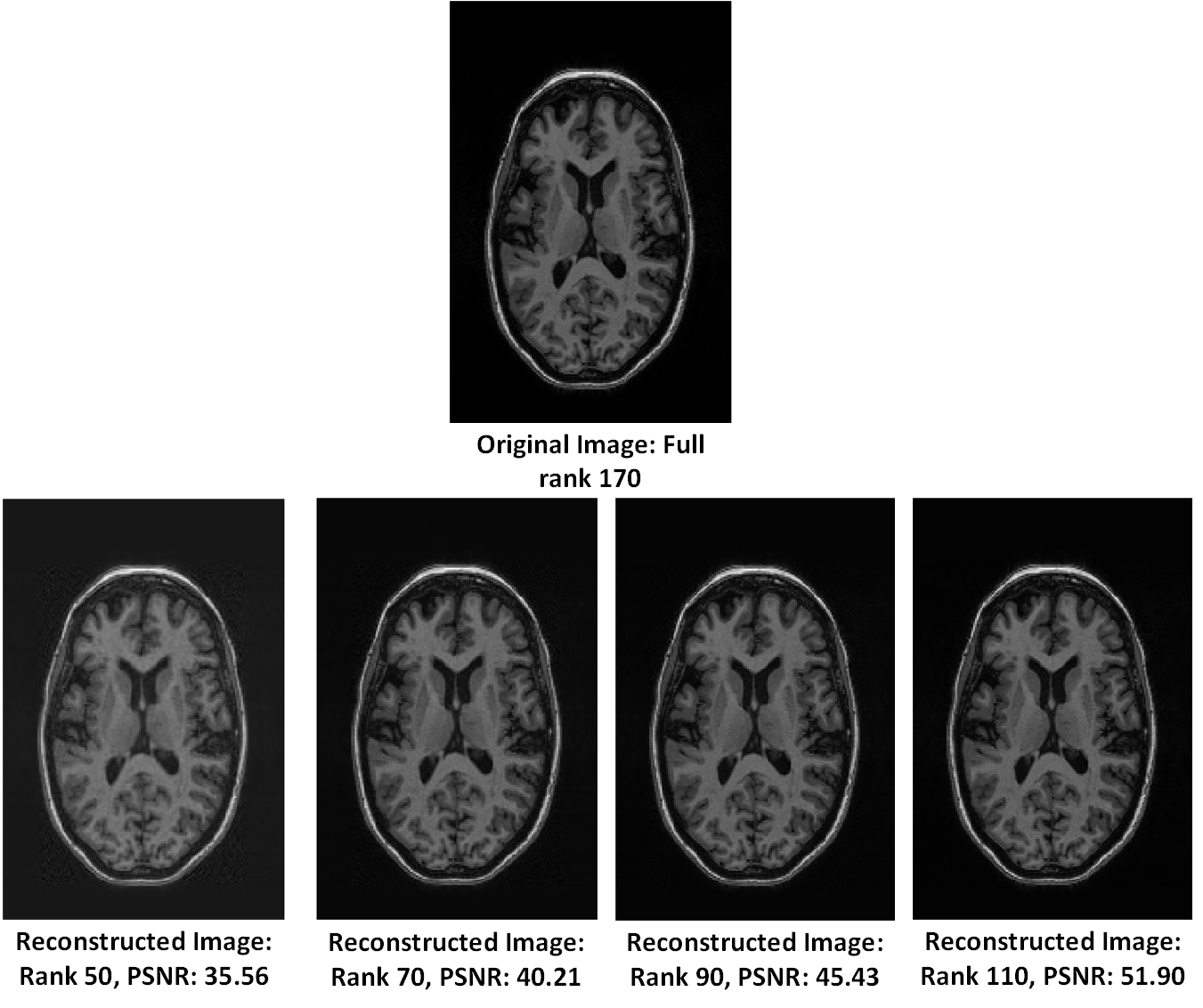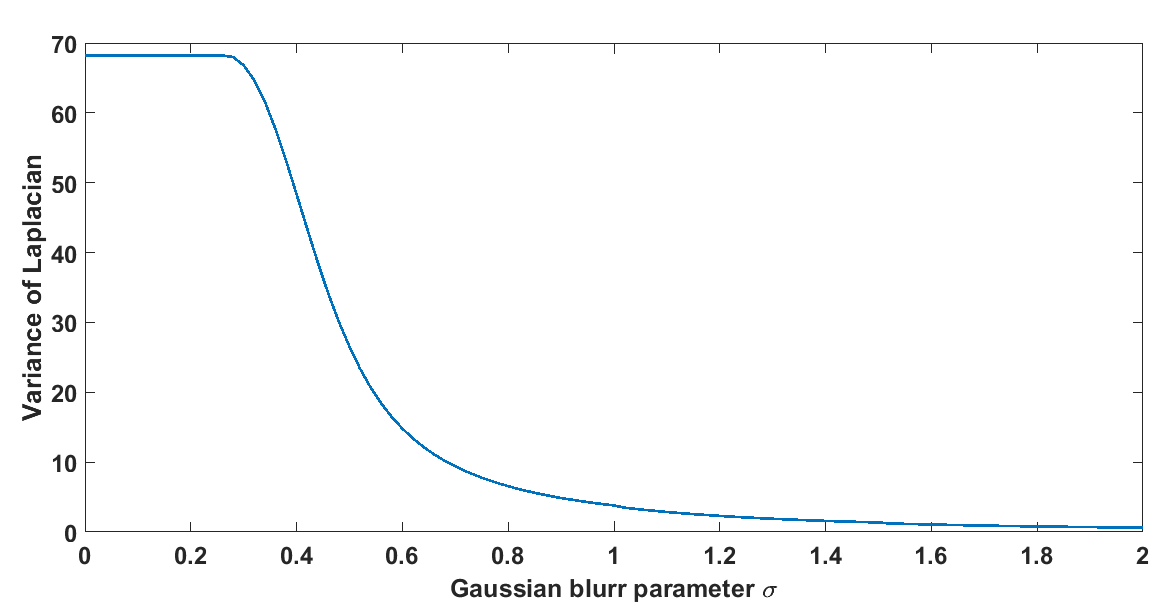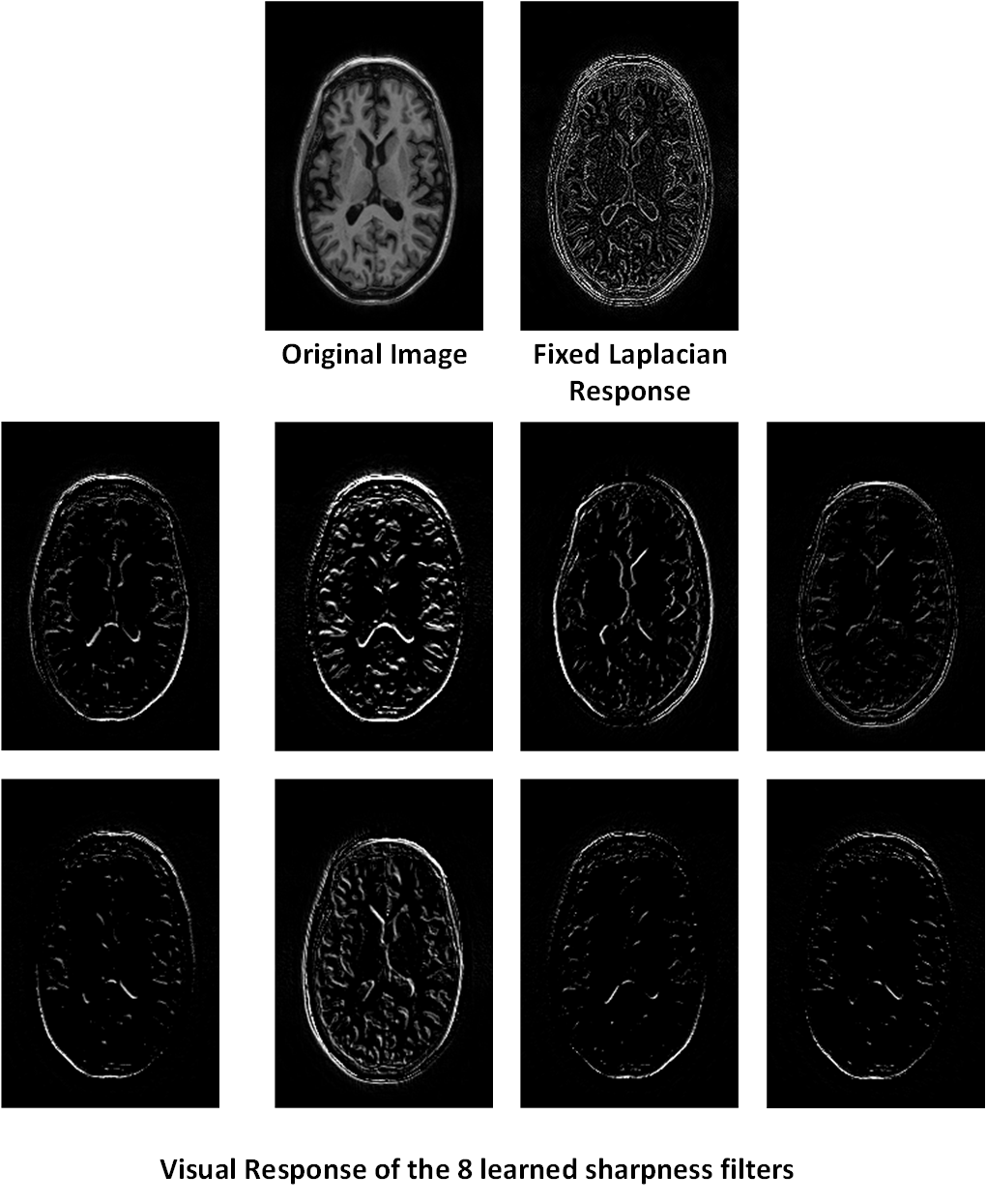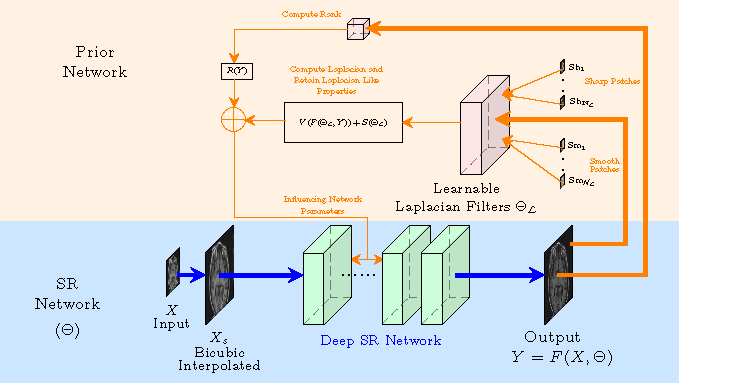Low Rank Prior

Sharpness Prior (Variance of Laplacian)

visual response
Visual response of learned sharpness enhancing filters

Network Structure

SR Results

Comparison of DNSP with other competing methods for medical Image SR.
Results for Limited Training

Comparison of DNSP with other methods in a limited training setup.
Related Publications
- V. Cherukuri, T. Guo, S. J. Schiff and V. Monga, "Deep MR Image Super-Resolution Using Structural Priors," 2018 25th IEEE International Conference on Image Processing (ICIP), Athens, 2018, pp. 410-414. (IEEE Xplore)
- V. Cherukuri, T. Guo, S. J. Schiff and V. Monga, "Deep MR Image Super-Resolution Using Spatio-Structural Priors," Accepted to IEEE Transactions on Image Processing, September 2019. (arXiv)(IEEE Xplore)
Selected References
C. Dong, C. C. Loy, K. He, and X. Tang, “Image superresolution using deep convolutional networks,” IEEE transactions on pattern analysis and machine intelligence, vol. 38, no. 2, pp. 295–307, 2016.
F. Shi, J. Cheng, L.Wang, P.-T. Yap, and D. Shen, “LRTV: MR image super-resolution with low-rank and total variation regularizations,” IEEE transactions on medical imaging, vol. 34, no. 12, pp. 2459–2466, 2015.
D.-H. Trinh, M. Luong, F. Dibos, J.-M. Rocchisani, C.-D. Pham, and T. Q. Nguyen, “Novel example-based method for super-resolution and denoising of medical images,” IEEE Trans. on Image Processing, vol. 23, pp. 1882–1895, 2014.